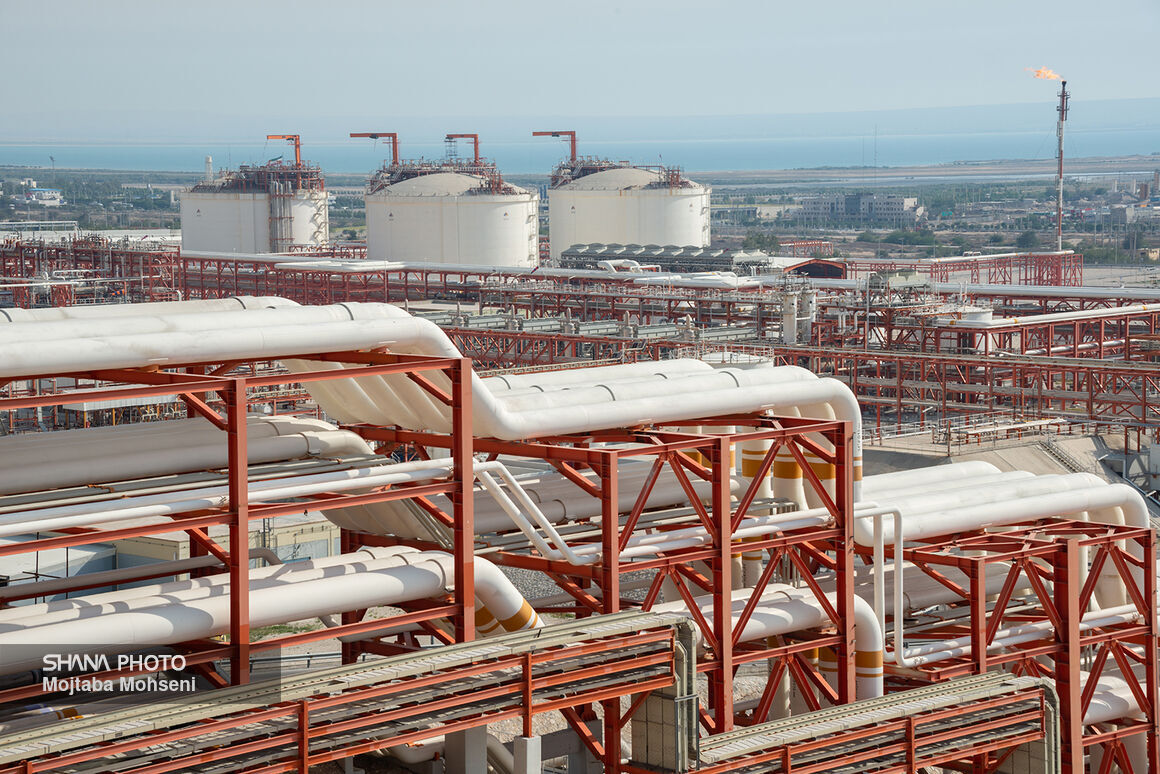Kambiz Sefati said Monday that this year, by relying on innovative technology and domestic manufacturing in line with the year’s motto of "Investment for Production," they aim to achieve outstanding results. He noted that last year, thanks to the round-the-clock efforts of specialists and staff at the South Pars Phase 5 refinery, over 21 bcm of gas were extracted from the shared reservoir, marking a significant increase compared to the year 1402 (2023-24).
Sefati stated that despite challenges, Iran’s gas industry not only maintained network stability and supply during difficult conditions but also continued to develop. Extensive efforts were made at the South Pars Gas Complex refineries to advance the industry and support national energy needs. Last year, using domestically produced parts and implementing new ideas, over 19 bcm of natural gas were supplied to the grid from the Phase 5 refinery.
Highlighting economic resilience despite sanctions, Sefati noted that refinery personnel and experts in 1403 successfully carried out repairs on various units using over 390 domestically produced strategic components, leveraging the expertise of local manufacturers and new technology-based firms (NTBFs).
Expressing hope for increased use of domestic goods this year, Sefati reported that last year’s production included more than 137,000 metric tons of ethane, 506,000 metric tons of propane, 270,000 metric tons of butane, and nearly 35,000 metric tons of granulated sulfur. Additionally, over 23 million barrels of gas condensate were produced, playing a key role in economic growth.
Praising the relentless efforts of refinery workers nationwide—particularly at the South Pars Gas Complex—to ensure gas supply during last year’s harsh winter, Sefati said the complex remains committed to precise planning, workforce development, and the Leader’s directives, maintaining its critical role in Iran’s oil and gas industry while striving to meet set objectives.


Your Comment